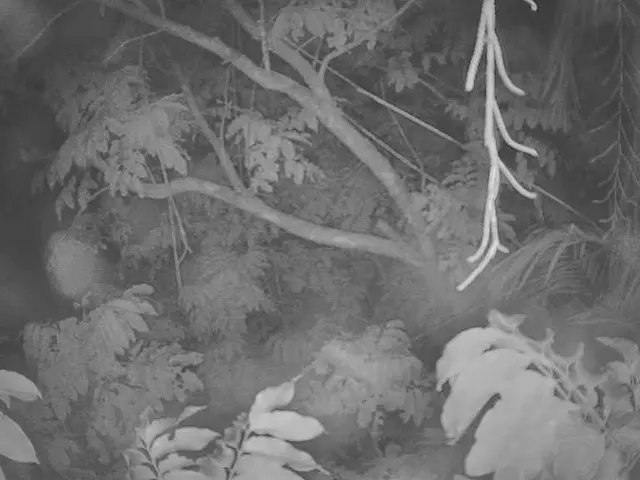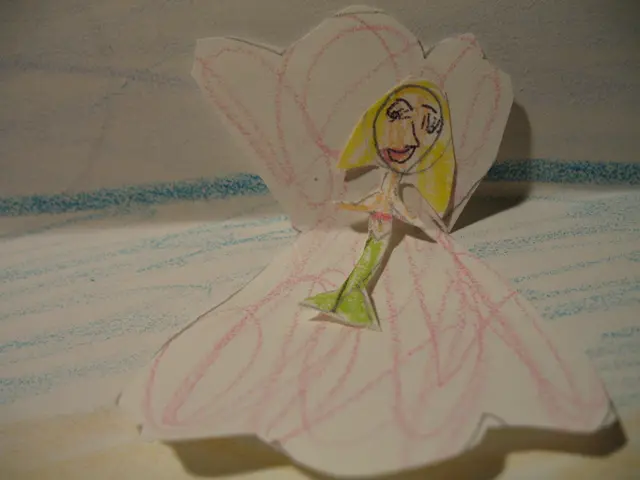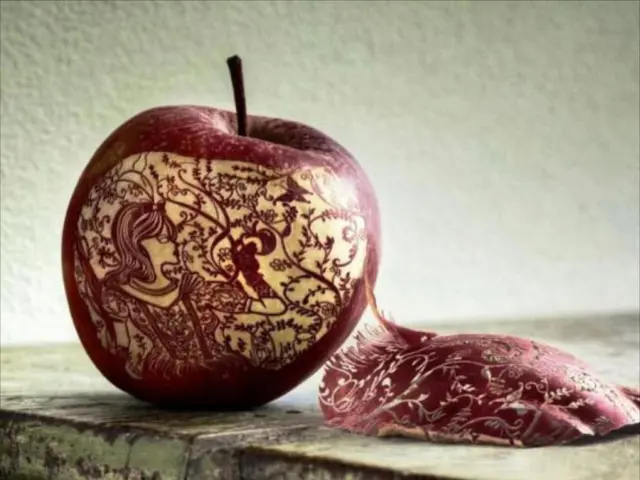Insight into the Onion: Growth, Preparation, and Uses
Onions are a popular vegetable in gardens across the country, and Iowa is no exception. Here's a comprehensive guide on growing onions in the northern regions of the state, focusing on long-day and intermediate-day cultivars.
Planting and Harvesting
Onion seedlings should be started indoors about 8-10 weeks before planting outdoors, and hardened off before transplanting. Dry onions should be harvested when the tops have fallen over and start to turn brown, which is typically 90-120 days after planting. This period can vary depending on the specific cultivar and growing conditions.
Onions require higher fertility levels than most other vegetables and should be fertilized with all-purpose garden fertilizer. They should be planted 12 to 15 inches apart with plants 4 to 6 inches apart, depending on whether they are grown for mature storage or green onions.
Cured dry onions should be stored in a mesh bag, wire basket, or crate in a cool, moderately dry location. Properly stored, good keepers like 'Copra' and 'Stuttgarter' can be stored for several months. Poor keepers like 'Walla Walla' and 'Sweet Spanish' can only be stored for a few weeks.
Choosing the Right Cultivar
In Iowa and other northern, long-day regions, long-day onion cultivars like Yellow Sweet Spanish and Wethersfield Red are best suited as they bulb reliably with long summer daylight (14+ hours). The Yellow Sweet Spanish Onion, known for its large globe-shaped bulbs and mild, sweet flavor, suitable for slicing, matures in approximately 115 days and thrives well with the long daylight hours of northern regions.
Another strong candidate is the Wethersfield Red Onion, a traditional long-day variety with deep red, large bulbs, well adapted to northern long-day regions and noted for its good storage quality and fine flavor.
Intermediate-day onions, which require about 12–13 hours of daylight, are more commonly suited to southern European, North African, and transitional zones rather than northern latitudes like Iowa. The Walla Walla Onion is one such intermediate-day or day-neutral type; it begins bulbing when day length is 12–14 hours and can be grown in a variety of regions, but its day length requirement is generally shorter than what northern long-day onions require.
Caring for Onions
Onions perform best in well-drained, slightly acidic, and fertile soils in full sun. Weeds should be controlled by shallow hoeing or hand-pulling, and mulch can be used to help control weeds and conserve soil moisture.
Water onions once a week during dry weather. After curing, the tops of dry onions should be cut off about 1 inch above the bulbs. Avoid hitting the onion bulbs with the fork when harvesting, as these bulbs will not store well.
Onions can be grown from transplants, sets, or seeds, with each method having its own advantages and challenges. Onions are classified as long-day, intermediate-day, and short-day cultivars based on their photoperiod requirements.
Common Issues and Solutions
Onions with Fusarium basal rot will have bulbs with brown and watery rot spreading from the base up to the leaves. The stem plate at the bottom may also be brown. To prevent this, ensure good soil drainage and rotate crops to prevent disease build-up.
In conclusion, with the right cultivar and care, growing onions in Iowa can be a rewarding experience. By choosing long-day cultivars like Yellow Sweet Spanish and Wethersfield Red, and providing the right growing conditions, you can enjoy a bountiful harvest of delicious, home-grown onions.
- In addition to gardening onions, one might also delve into cooking recipes that feature this vegetable as a key ingredient, thus expanding one's lifestyle and culinary horizons within the domain of food-and-drink.
- After harvesting the onions, home-and-garden enthusiasts can store them properly by placing them in a mesh bag, wire basket, or crate in a cool, moderately dry location.
- For those living in Iowa and other northern states with longer daylight hours, gardening with long-day cultivars such as the Yellow Sweet Spanish and Wethersfield Red onions is ideal due to their ability to bulb reliably in such conditions.
- To maintain a weed-free lawn, lawn care practices should incorporate shallow hoeing or hand-pulling, supplemented with mulch to help control weeds and conserve soil moisture.
- Gardeners could experiment with various gardening techniques, such as growing onions from transplants, sets, or seeds, each offering its advantages and challenges, to optimize their gardening extension efforts.
- In order to cultivate healthy plants and produce quality onions, careful attention should be given to controlling diseases like Fusarium basal rot by ensuring good soil drainage and rotating crops to prevent disease build-up.







